Does Nature’s content sharing initiative spell free access or restrictive access?

On December 2, 2014, Macmillan group, the parent company of Nature Publishing Group (NPG), announced the launch of a new content sharing initiative in which subscribers to nature.com journals will be able to share articles with non-subscriber friends, colleagues, or collaborators across the world using a unique link available on the site. Through this link, non-subscribers will be able to view a read-only copy of the article on ReadCube, a software developed by Digital Science, another organization owned by Macmillan group.
According to NPG, this facility will be available to scientists and students at more than 6,000 universities and organizations worldwide, and will serve an additional 10 million monthly unique visitors to nature.com. The initiative will make thousands of high-quality scientific papers available to non-subscribers free of charge. However, the articles cannot be downloaded, printed, or shared, and are meant only for personal, non-commercial use. Additionally, this approach will enable around 100 media companies and blogs that report on the findings of articles published on nature.com to provide their readers with a link to a full-text, read-only version of the original scientific paper. ReadCube also aims at facilitating collaboration and has introduced an annotation feature using which subscribers will be able to share their comments with colleagues.
On the face of it, this seems like a conscious move toward open access. Through this initiative, NPG claims to provide free access to articles that were previously available only by subscription. The initiative has, however, received mixed reactions from the scientific community. Most people are of the opinion that Nature has not given any additional access to content, but has rather imposed restrictions on shared content. Before the launch of this initiative, it was a common practice for non-subscribed researchers to request for PDF copies of specific articles from subscriber friends or colleagues, who would willingly share them through e-mail. Alternatively, non-subscribers would also request for PDFs through social media such as Twitter #icanhazpdf, and privileged subscribers to Nature magazine would privately pass on a copy. Many feel that the Nature initiative is directed at putting an end to this kind of sharing, which is referred to as “dark social sharing.” According to the Techopedia dictionary, dark social sharing refers to “social sharing of content that occurs outside of what can be measured by Web analytics programs.” Why would NPG, or for that matter, any publisher, discourage this form of sharing? This is because it does not give a clear measure of the article level metrics. In this age of the diminishing importance of the impact factor, Nature Group, which has always prided itself on its IF, would definitely want to focus on article level metrics or altmetrics to maintain its position as a top-tier publishing house.
Moreover, this announcement comes at a time when funders all over the world are issuing open access mandates. While nearly 50% of Nature journals are OA, the remaining 40-50% is still behind a paywall. NPG still continues their policy of a 6-month embargo on printable PDF versions, i.e., articles cannot be posted to an institutional repository before this period. If publishers resort to such content sharing initiatives, they could claim that they are giving free access to articles, even without going fully open access. Another concern is that the possibility of immediate sharing through ReadCube might prove to be a deterrent to the actual purpose of open-access, as authors might not go for self-archiving if they feel that people anyways have access to their articles. In that sense, would this be a step backward for true open access?
Timo Hannay, MD of Digital Science, defends the Nature initiative saying that NPG’s initiative is not about restricting access, but more about giving credit and enhancing visibility. Hannay points out that NPG did not try to stop sharing by imposing a copyright: this initiative, he says, is “not about ways to inhibit sharing, but ways in which we could make sharing easier and more functional. We also thought about ways to make this activity more visible to authors (who deserve credit for the attention they get) and institutions (who want to know what researchers are reading) as well as, yes, the publishers themselves.”
However, not much has changed after this announcement. For students and scholars to have access to these articles, their institutions would need to subscribe; otherwise, they would have to request someone they know for a link or a PDF. People who wish to share PDFs can still do so if they want to. The content sharing initiative might benefit the lay person interested in science since they may now be able to view the research article on which a news story is based. This is a pilot initiative by Nature that will last for one year. Till that time, the scholarly community can only wait and watch how it shapes up. Whether this is a purposeful first step toward limiting re-use of data or an honest effort on the part of Nature to bring research articles to the masses, only time will tell.




